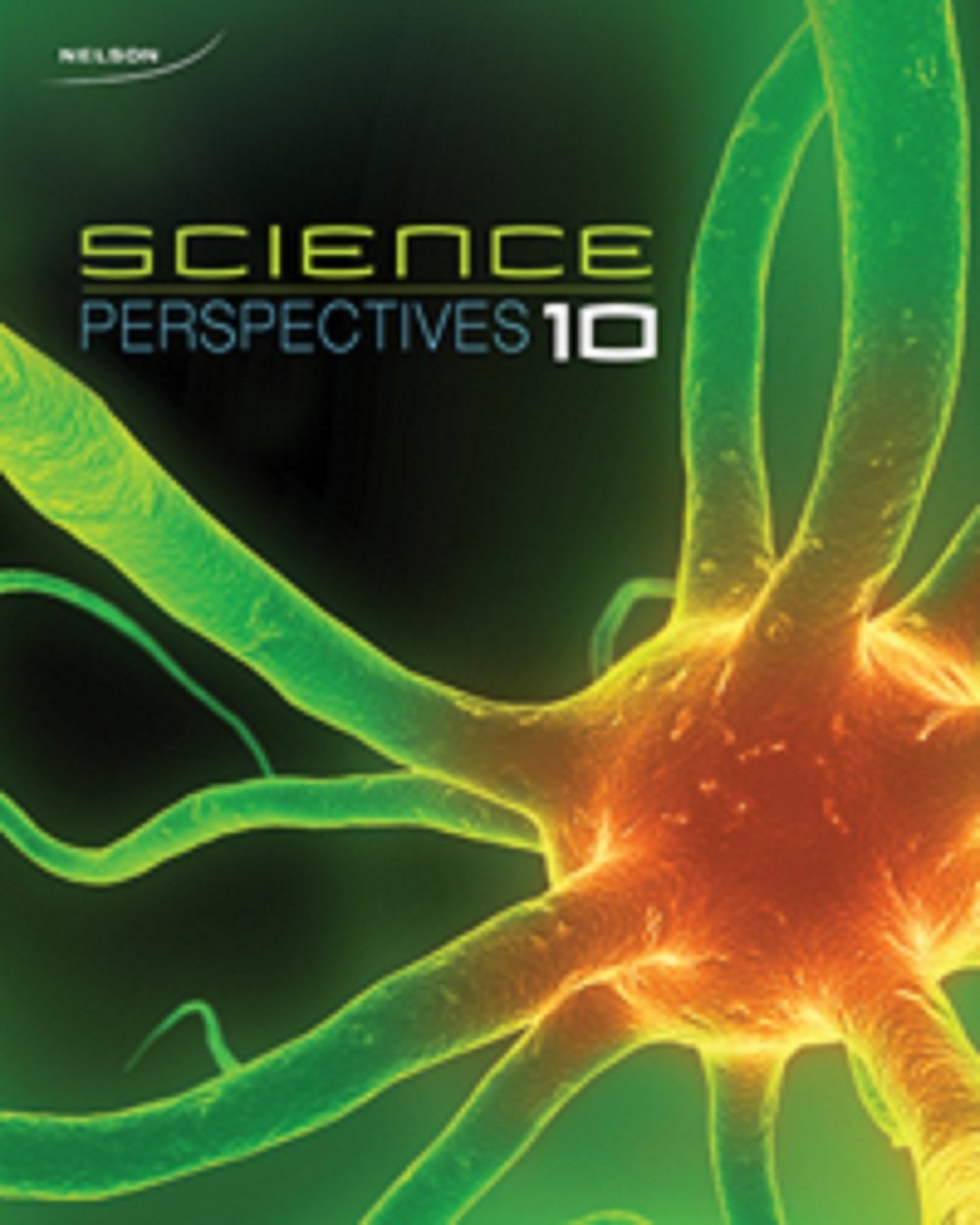
All Solutions
Section 3-6: The Respiratory System
b) To determine if a patient has tuberculosis, doctors take secretions from the lungs or stomach, which are later examined.
b) To determine if a patient has tuberculosis, doctors take secretions from the lungs or stomach, which are later examined.
b. That’s why doctors refers to other tests such as:
– The Mantoux tuberculin skin test (TST) or the TB blood test can be used to test for M. tuberculosis infection. Additional tests are required to confirm TB disease. The Mantoux tuberculin skin test is performed by injecting a small amount of fluid called tuberculin into the skin in the lower part of the arm. The test is read within 48 to 72 hours by a trained health care worker, who looks for a reaction (induration) on the arm.
The TB blood test measures the patient’s immune system reaction to M. tuberculosis.
-The presence of acid-fast-bacilli (AFB) on a sputum smear or other specimen often indicates TB disease. Acid-fast microscopy is easy and quick, but it does not confirm a diagnosis of TB because some acid-fast-bacilli are not M. tuberculosis. Therefore, a culture is done on all initial samples to confirm the diagnosis. (However, a positive culture is not always necessary to begin or continue treatment for TB.) A positive culture for M. tuberculosis confirms the diagnosis of TB disease. Culture examinations should be completed on all specimens, regardless of AFB smear results. Laboratories should report positive results on smears and cultures within 24 hours by telephone or fax to the primary health care provider and to the state or local TB control program, as required by law.

